Data Analytics Services
So much data and not sure what to do? Our data experts will help you build the perfect predictive analytics and prescriptive analytics into your applications to achieve operational excellence.
Why Data Analytics is Required for Industries?
- Data analytics converts raw data into actionable insights that will help improve productivity, quality and overall performance.
- The analytics process helps identify problems and anomalies in the early stages, allowing you to immediately correct the issues.
- Data analytics helps industries track and monitor the work queue, production time, and downtime. Based on this information, they can plan a production schedule that makes optimum use of the machines.
- Analytics tools can be used to identify bottlenecks in the industrial process.
- Data analytics can be used to set up a preventive maintenance program. The data collected from the systems allows technicians to identify any equipment malfunction in the early stages.
- Analytics helps reduce process downtime, which will benefit your bottom line.
- Information obtained from data analytics can be used to plan and schedule the production process.
- Effectively analyze the quality of your products/services and ensure consistency with the help of analytics.
- Data analytics maximizes the decision value. It is because the decisions are made based on accurate information gathered from reliable sources.
- Data analytics can also be used to optimize your supply chain and logistics.
- Inventory management is made more effective with the help of data analytics tools.
- Analytics helps improve workforce effectiveness.
Data Analytics Services Provided by Utthunga
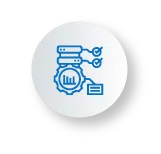
Predictive Analytics
Predictive analytics involves the use of mathematical methods and tools such as machine learning, data mining, statistical analysis, and predictive models. This analytics method is used to:
- Identify anomalies in the process, which help in preventive maintenance.
- Estimate the demand for product, raw material etc.: based on historical data and current scenario.
- Forecast possible outcomes based on data obtained from the process.
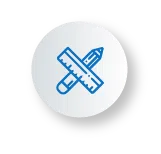
Prescriptive Analytics
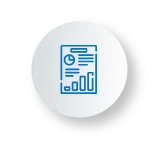
Diagnostic Analytics
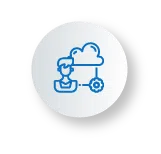
Descriptive Analytics
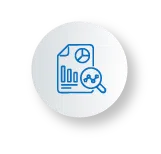
Data Visualization
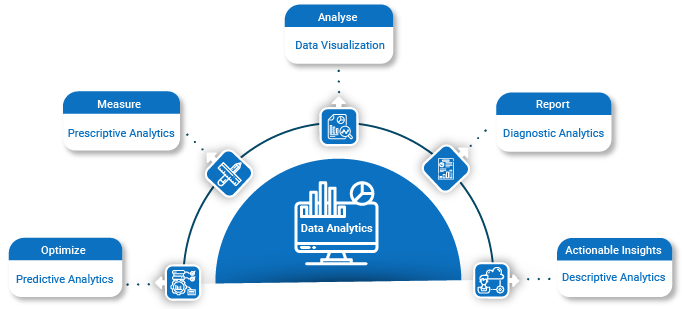
How Utthunga can help in Data Analytics?
For many years, the industry has been talking about the Industrial Internet of Things (IoT) and the ability to leverage the information coming off of these devices by digitizing the data of plant floor assets and manufacturing processes.
Utthunga has developed a very robust and scalable IIoT platform – Javelin which can connect field devices and other industrial assets to generate rich visualization and analytics.
- Predictive Analytics
- Prescriptive Analytics
- Data Visualization
- Diagnostic Analytics
- Descriptive Analytics
FAQs
1. What are the benefits of predictive analytics for Industries?
- Get accurate data for informed decision making.
- Improve quality of the products.
- Enable demand forecast.
- Aid risk management process.
- Setup preventive maintenance of production equipment.
2. What insights can you provide with analytics for Industries?
3. What is the use of prescriptive analytics for Industries?
Industries can use prescriptive analytics to identify areas where the process can be improved. Prescriptive analytics can be used in maintenance planning, production scheduling/planning, inventory management, logistics, supply chain management and several other uses cases.
